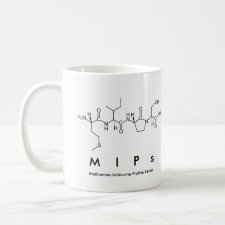
Authors: Do MH, Florea A, Farre C, Bonhomme A, Bessueille F, Vocanson F, Tran-Thi NT, Jaffrezic-Renault N
Article Title: Molecularly imprinted polymer-based electrochemical sensor for the sensitive detection of glyphosate herbicide.
Publication date: 2015
Journal: International Journal of Environmental Analytical Chemistry
Volume: 95
Issue: (15)
Page numbers: 1489-1501.
DOI: 10.1080/03067319.2015.1114109
Alternative URL: https://www.researchgate.net/publication/284750659_Molecularly_imprinted_polymer-based_electrochemical_sensor_for_the_sensitive_detection_of_glyphosate_herbicide
Abstract: A sensitive electrochemical molecularly imprinted sensor was developed for the detection of glyphosate (Gly), by electropolymerisation of p-aminothiophenol-functionalised gold nanoparticles in the presence of Gly as template molecule. The extraction of the template leads to the formation of cavities that are able to specifically recognise and bind Gly through hydrogen bonds between Gly molecules and aniline moieties. The performance of the developed sensor for the detection of Gly was investigated by linear sweep voltammetry using a hexacyanoferrate/hexacyanoferrite solution as redox probe, the electron transfer rate increasing when concentration of Gly increases, due to a p-doping effect. The molecularly imprinted sensor exhibits a broad linear range, between 1 pg/L and 1 μg/L and a quantification limit of 0.8 pg/L. The selectivity of the proposed sensor was investigated towards the binding of Gly metabolite, aminomethylphosphonic acid, revealing excellent selectivity towards Gly. The developed sensor was successfully applied to detect Gly in tap water samples
Template and target information: glyphosate, Gly
Author keywords: electrochemical sensors, Glyphosate, Molecularly imprinted polymers, Metal organic framework, gold nanoparticles



Join the Society for Molecular Imprinting

New items RSS feed
Sign-up for e-mail updates:
Choose between receiving an occasional newsletter or more frequent e-mail alerts.
Click here to go to the sign-up page.
Is your name elemental or peptidic? Enter your name and find out by clicking either of the buttons below!
Other products you may like:
 MIPdatabase
MIPdatabase









